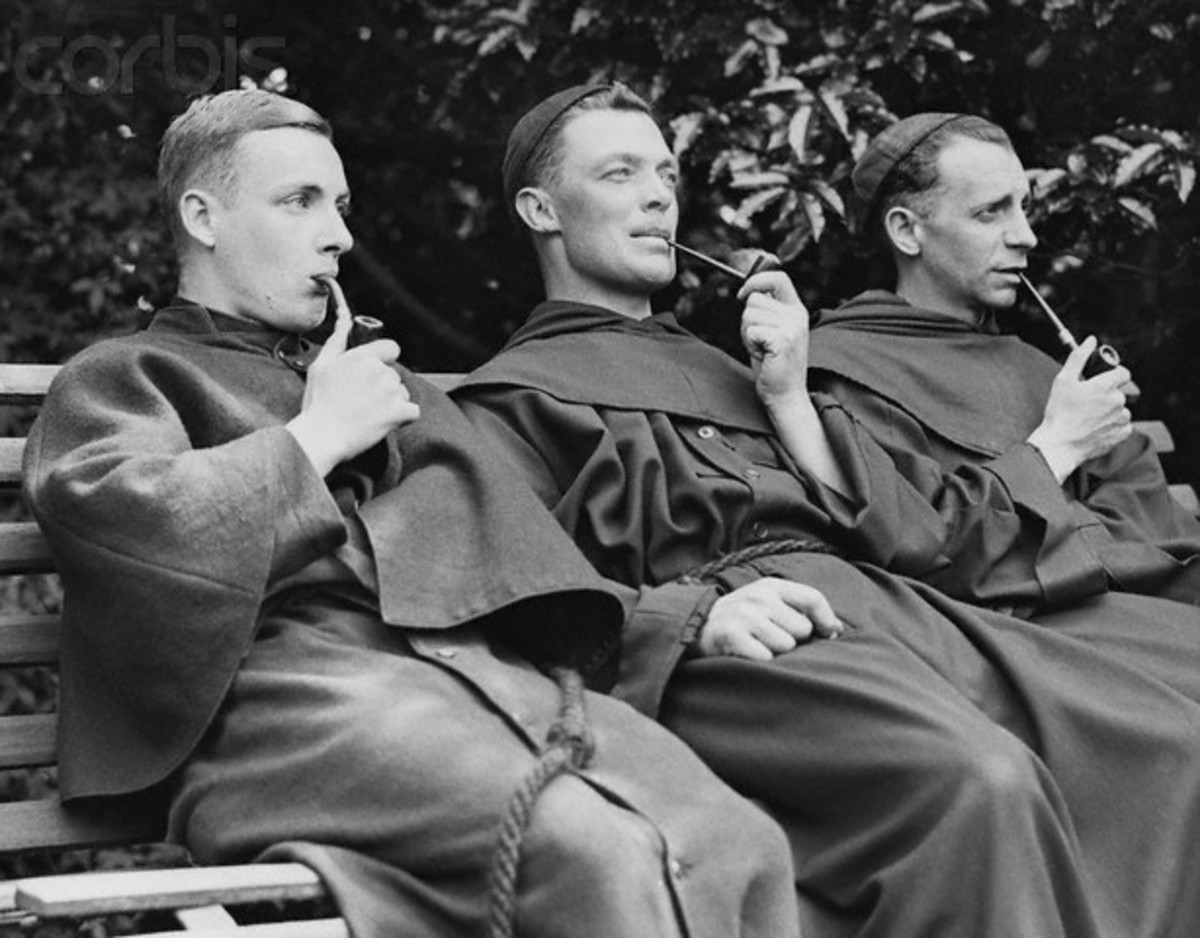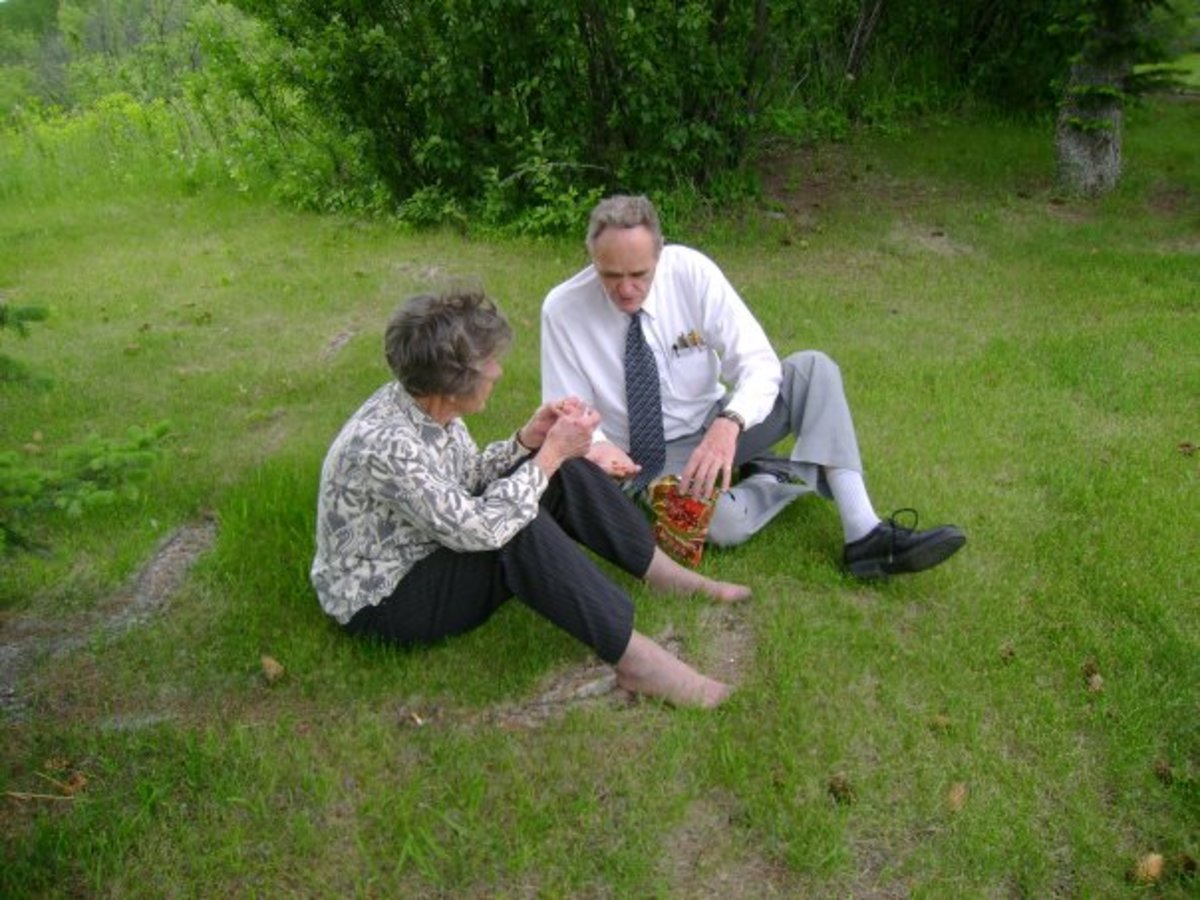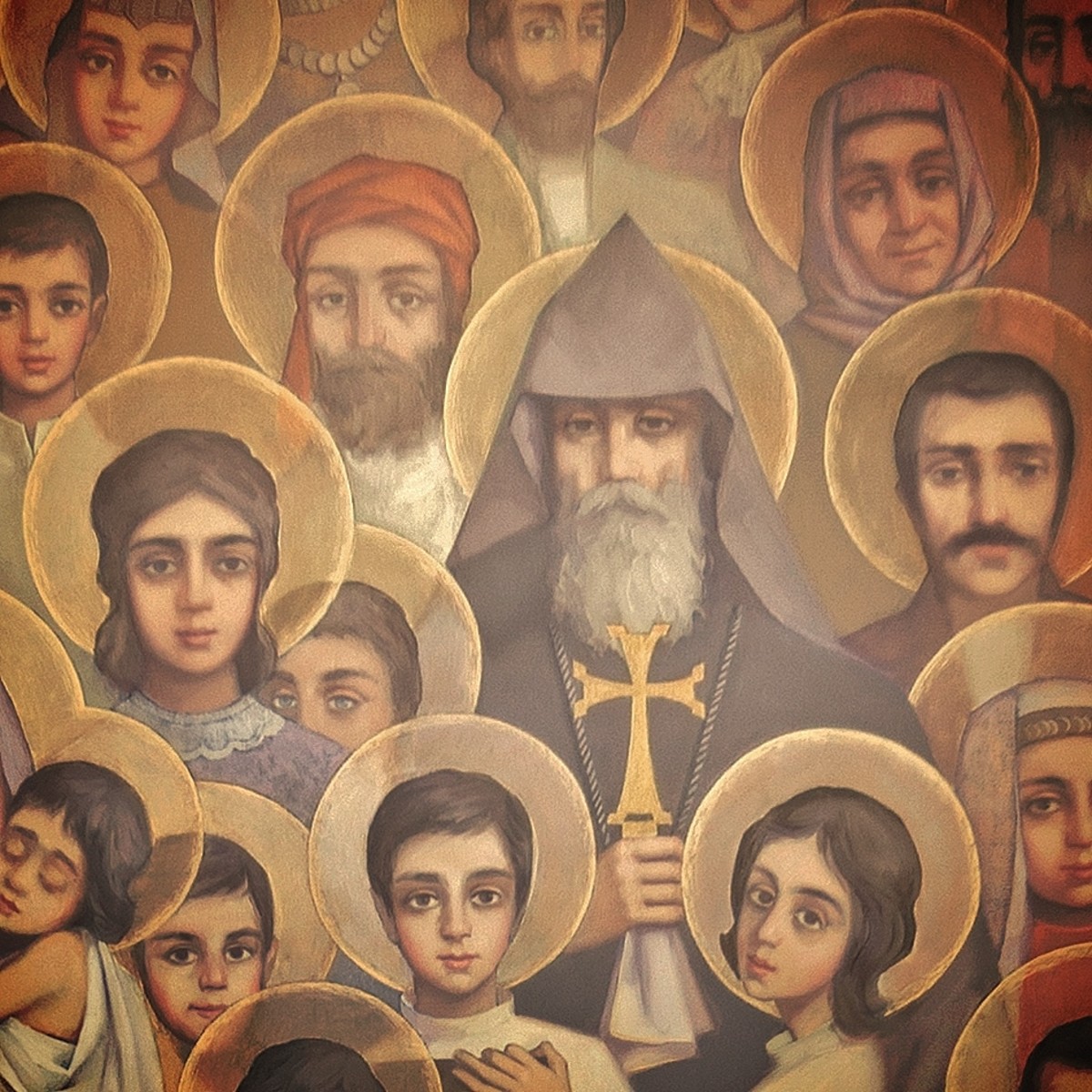The Fabulous Slaven Women
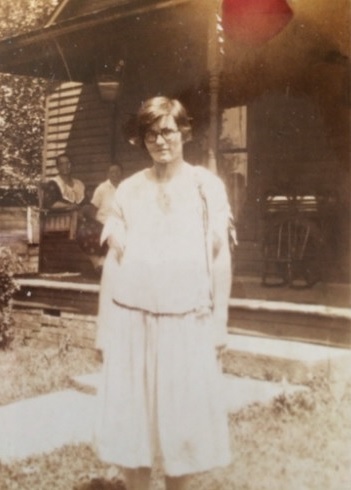
Nothing is better than listening to old relatives ramble on! (One… Two… Three…) Okay, now that you’re done laughing, I have to admit that I’m more than just a little serious. As I’ve “matured,” (geez, you lot are laughing a lot today) I’ve come to the realization that it can be a lot of fun.
I’m guessing it’s half my burgeoning interest in folklore that has me interesting in listening to stories about my ancestors. The other half is that I’m statistically closer to the grave than the cradle, and thus have begun to have enough patience to endure four hours of my parents’ generation going on about anecdotes from their youth, which includes some wonderful tales of the generation prior to them. Really, you haven’t been entertained until you’ve heard my father and my Uncle Paul talk about how they fixed all the cats in the small town of Marshall, Indiana.
True, most of the stories are still quite boring. You can only play so many rounds of “do you remember who lived next door to us when I was six?” before you need another porter, but if you’re patient enough, you‘re rewarded with some fine gems. Perhaps someday there shall be a book, but for now, I’ll settle with regaling you with stories about the fabulous Slaven women!
Here are three tales of derring-do* from three members of my family, now long gone in person, but not from memory. These range from mostly true to very lore-ish, but all are grand fun. After all, what’s more Celtic than a strong woman?
First up: Sadie versus the Bootleggers.
Sadie Slaven, nee Craig, was born in 1903 in the Indiana town of Clinton (the town where your intrepid author went to a parochial grade school, where he learned that Catholic nuns pack a mean ruler). She married into the Slaven family by allowing my grandfather Paul to take her hand in matrimony.
(Fun fact: they liked it so much, they married twice!) Little did she know she was marrying into a family of bootleggers!
Okay, maybe not bootleggers so much. During the Great Depression, my grandfather would do any old thing to make ends meet. This included making the odd bottle of wine or twenty, as well as making a truly awful homemade ale. (How do I know it was so awful? My father gave me the recipe and I made it. I may not be the world’s greatest homebrewer, but I’ve made some very good brews. What came out of this potato and raisin mixture surely came from the recipe box of Old Scratch himself, to punish the lushes). This didn’t last long, though. Sadie’s father was quite the drinker, as well, and she didn’t care for any such goings on. Being a teetotaler herself, she forbade anyone from having anything to do with alcohol in her house.
Of course, forbidding something and actually having people quite are two different things, but she did try.
Many years later, after my father had grown into adulthood and was working at a Terre Haute potato chip factory, he was asked by some coworkers if he knew where to find some moonshine. He insists it was because he seemed worldly, but I’m pretty sure it’s because he seemed a bumpkin. Of course, whatever the reason he was asked, he actually did know some local boys who made moonshine back in the woods.
That night, he made his way to the “selling house” and asked to purchase a jug. The moonshiners told him to wait, gave him a small glass of shine to drink while they were gone, and came back many minutes later with the jug. Unfortunately, my father, living at home to help with my grandparents, left it on the kitchen table.
In the intervening years, my grandmother became even more staunchly dry. No doubt that her father’s death from walking straight out of a bar and into traffic did not help the case for drinking in her eyes. So when she came home and saw the jug of shine sitting on the table, all hell broke loose. My father, a rather tall and athletic young man at the time, was scolded and berated and watched as she poured the entire jug out. She then walked outside, picked up the wood cutting axe, and was gone for quite some time.
My father never found out exactly what happened, but he did say the axe badly needed sharpening after that and the moonshiners refused to ever make liquor again.
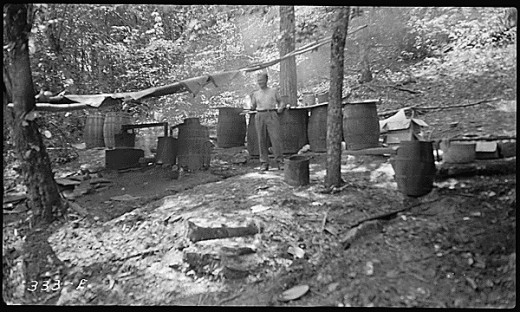
Next up: Dorris the Goat Tamer.
Dorris Slaven was born just after the turn of the 18th century in Clay County, Indiana. Midway in the order of seven children, she was born after my grandfather, Paul Slaven. Being the eldest daughter gave her a strong will and having three older brothers showed her what she could get away with.
This combined to make for a rambunctious childhood, during which she learned the ways of the farmyard, including how to deal with animals.
This background worked out well for her future. Her marriage to John White came with father-in-law Orville, who in turned came with his ornery goat, William (seriously). While this wouldn’t be such an issue normally, there was the problem of the log bridge. The family’s farm was situated in such a way that the chicken coop was across a rather wide creek (pronounced “crik”), which was traversed by a log bridge. Orville, not being the most patient of men, had made the bridge so it became very narrow at the far end and it was at this end William liked to lurk and block the path. (No, I’m not kidding. I love it when old folk tales, in this case Billy Goat Gruff, are echoed in reality).
Dorris’ initial trips to collect eggs (and the occasional frying chicken) were not fun. After a few weeks of attempting to cajole and sweet talk her way past the goat, it was always a failure and resulted in muddy shoes (having to wade across the creek rather than use the bridge). Dorris decided upon a less tactful way. The next time she crossed the bridge, she took a rather stout tree limb with her. When William blocked her way, she tried to shoo him away. When he wouldn’t move, she threw a few rocks, landing nearby, to try and get his attention. When he still wouldn’t move, she cracked the limb down across his forehead and yelled at him, which caused him to run and hide behind the chicken coop.
Before anyone calls PETA, keep in mind that goats have extremely hard heads and William’s horns also helped protect him. (Also, this was a century ago; let it go.)
It also only took two more times of whacking him before he would let her cross with hindrance. Any time she was carrying a stick, he’d go hide behind the chicken coop. That poor mean old goat.
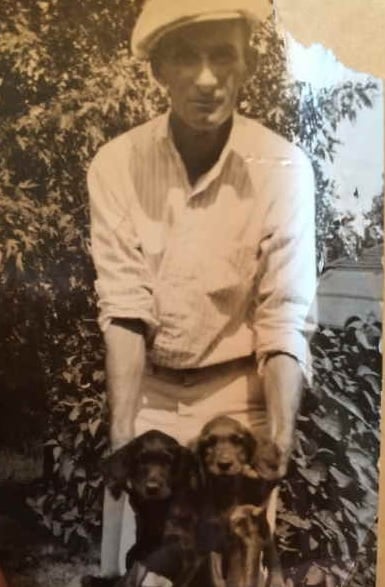
And finally: Cathleen of the Mountains.
I need to be upfront about this one. It’s highly apocryphal. I have some older cousins, once or twice removed, that are into family history in a highly obsessive way. Using some information they’ve gleaned from decades of research and adding what I’ve been able to work out with my own research, this is what I’ve put together…
Cathleen was born in County Fermanagh, Ireland, in the early 1700s and married Robert Slaven, from the same region. Other than their 1741 arrival in North Carolina, then a colony, and the birth of their son Robert in 1758, we have no other dates. Cathleen and Robert immigrated to North America due to the Irish Famine of 1740- 1741. Called the Year of Slaughter (“Bliain an Air” in Irish), this famine was proportionally worse compared to the Great Famine, killing a higher percentage of the population.
Life was not easy both in Ireland and the colonies. However, as the family moved throughout the regions, moving into Georgia and then up into Kentucky, they used the skills of hunting, foraging, and farming they honed while surviving in Ireland. It is from them many of our family point to, as well as their son who fought in the American War of Independence, for being capable outdoorsmen and women, with Cathleen being known as a cook who make nearly any type of food a palatable and delicious meal, who also managed a backwoods cabin while the men were off on hunting trips (perhaps I was channeling her when I sussed out my cow heart with stout-oyster dressing recipe).
Although little more is known, much of this information comes from my great grandfather, Ike Slaven (b. 1869), who must have heard it from his grandfather (b. 1827), during their lives in Clay and Vigo County Indiana. Ike’s stories then came down to his children who told my cousins in the older generation. How much of it is factual is debatable, but in the true Irish fashion, that doesn’t keep a good story down. I hope you’ve enjoyed these stories of fun and fancy. More will be forthcoming, here or elsewhere. More than likely with the same ratio of truth and fiction.
Slainte!
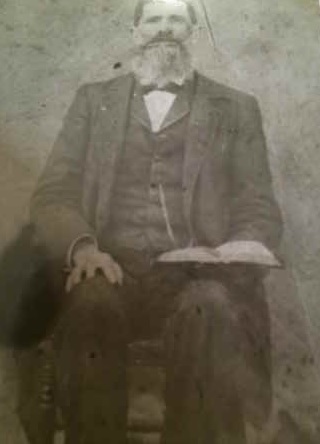
*for a given level of fictional derring-do. I had to change a few details. Not to make for a better story, but rather to allow it to be printable in a family magazine! The fully true stories are even better, and well worth the several pints of stout or bitter you would have to buy me over the course of an evening’s regaling.
References: my family – they’ll be happy to have you over if you bring the Guinness. You can read more folklore, history, mead making, and ancestral recipes at the author’s website: http://hubpages.com/@jamesslaven
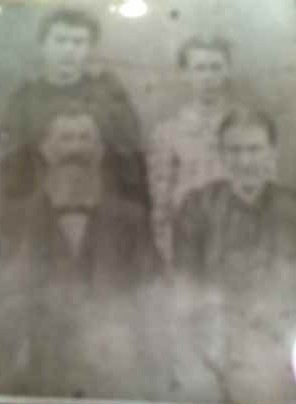
© 2016 James Slaven

